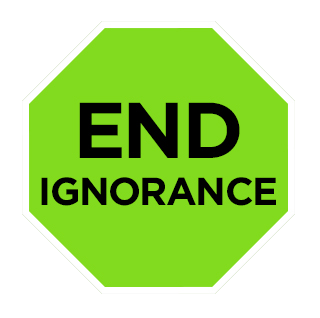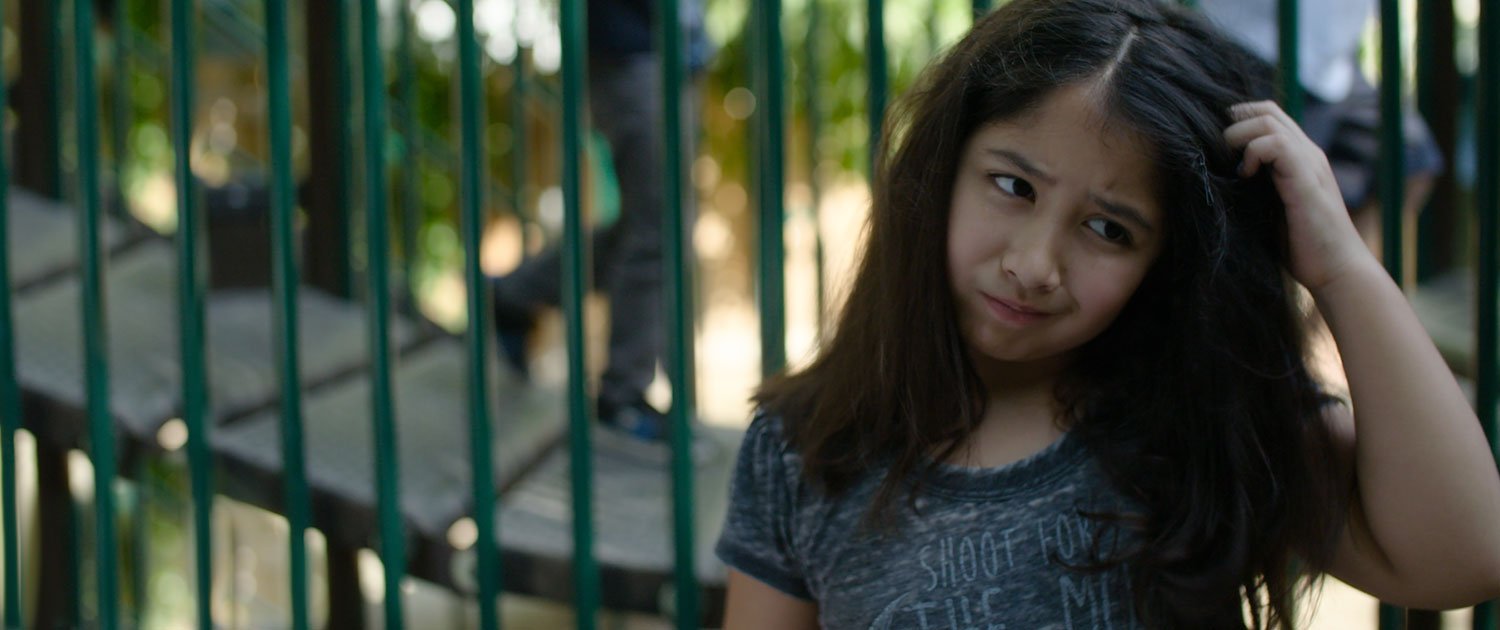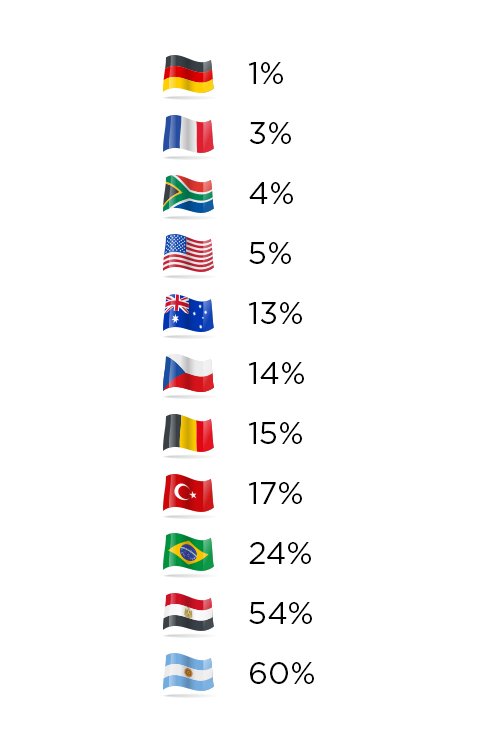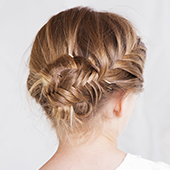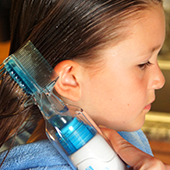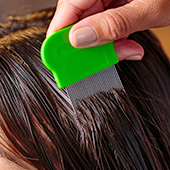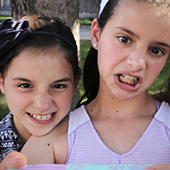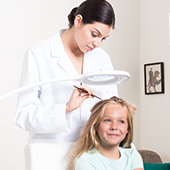DEBUNK THESE MYTHS ABOUT HEAD LICE
MYTH
Lice can jump,
hop, and fly
Lice cannot jump from one person to another. They have six tiny claws and hold on tightly to hair shafts, which is how they move from head to head.
MYTH
Lice spread disease
Even though lice can be annoying and frustrating, they don’t directly carry disease. At most, saliva from lice bites may cause an itchy and irritated scalp.
MYTH
Lice are very easy to get
You can’t get lice just by being close to someone who has them. Head-to-head contact is the predominant way that lice spread.
MYTH
Drugstore remedies
are effective
Lice have built up a resistance to the ingredients in the most commonly purchased lice shampoos and topical treatments. These products only kill a small percentage of the live lice and have no effect on the eggs.
MYTH
Lice can infest a house
Lice cannot live off the human head for longer than 48 hours. So, unlike fleas and ticks, they cannot infest the carpet, furniture or bedding.
MYTH
Lice like dirty hair
Actually, hygiene makes no difference to lice. Lice are parasites and the head is the host. Lice are parasites that feed on human scalps regardless of how clean or dirty the hair is.
GET INVOLVED SHARE THESE FACTS
TODDLER DIES FROM IGNORANCE
An 18-month-old child died while undergoing a home treatment for head lice involving mayonnaise and a plastic bag. As the child slept, the bag apparently covered her face, Read more... Lice can be very annoying, leading desperate moms to try home treatments such as mayonnaise, vinegar, petroleum jelly, rubbing alcohol and Listerine. All of these home remedies may have some rate of success in killing the lice, but there is no documented evidence that these home remedies are effective at killing the eggs. Some of these home remedies are not only ineffective, but can also be considered unsafe. Some people have even poured kerosene on their child’s head. It’s time to spread the truth about what works and what doesn’t so the tragic occurrence with the toddler mentioned above never happens again. Show Less
UNSUSPECTING MOMS CAUSE SPREAD OF LICE
Most moms want the best for their children and are diligent about keeping them safe and healthy. When they discover their child has head lice they often become desperate and frantically Read more... Unfortunately, many moms will try over-the-counter treatments again and again only to end up with the same results: their children still have lice. And the longer their children have lice, the more likely they are to spread it to others. The good news is that there are effective ways to treat your children. For example, heated-air technology has been clinically proven to kill lice and their eggs. Many mothers also report that comb-out services from professional nit pickers can be effective, but may take several hours to complete, and may require additional at-home combing or repeat treatments for up to two weeks. Our hope is that moms will end the stress and aggravation caused by head lice by spreading the truth about what really works, and what doesn’t. Because, the spread of truth reduces the spread of lice. Show Less
LICE EGGS. THE LICE TREATMENT INDUSTRY’S DIRTY LITTLE SECRET.
There are hundreds of products on the market that claim to get rid of lice. Some of them actually do a fairly good job of eliminating the live lice. But what… Read more... Consider this—over the years, lice have become resistant to pesticides such as permethrin, an ingredient in one leading manufacture’s topical treatment that you can buy at most drugstores. As a result, it has become less and less effective. However, an independent clinical trial showed that after 15 days and two treatments with the popular product, 45% of the people tested still had lice.* There is a popular prescription available which is more effective at killing lice than over-the-counter remedies, but there is evidence that between 24% and 29% of the lice survive the treatment.** Plus, these prescriptions can cost over $300 per application. So, what can you do to kill the eggs? You really only have two choices: Show Less
